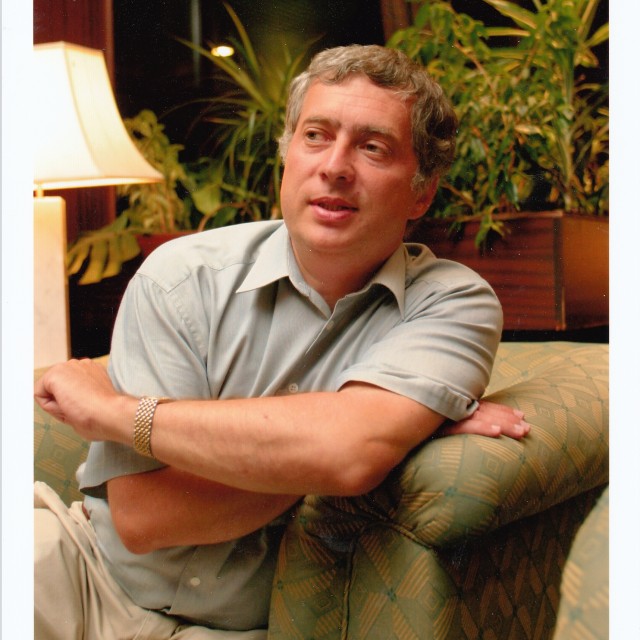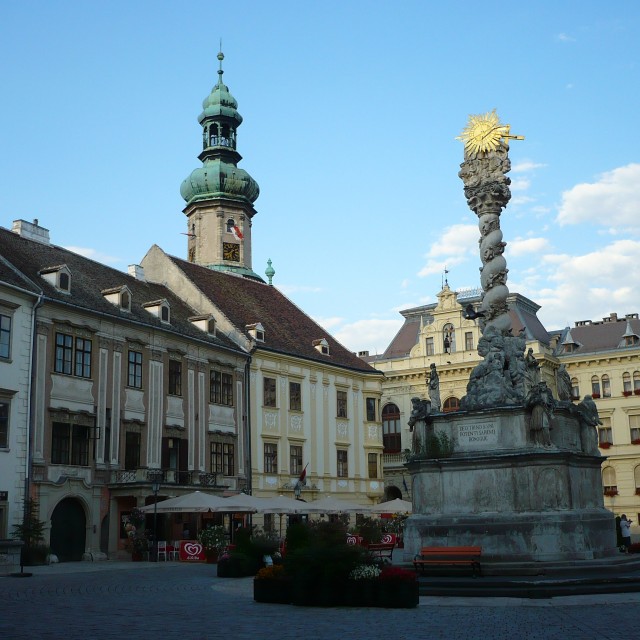Dismantle the Iron curtain!
The Pan-European Picnic was a peace demonstration at the Austrian-Hungarian border near Sopron on 19 August 1989. This is an important antecedent was cutting through the iron curtain, Germany unification. This picnic was a big protest against the Socialist government, which was called the Pan-European Picnic. While this was happening more than 700 people who lived in East Germany (which was Socialist) escaped to the West. The picnic organizers expected one and a half thousand to come. There are more people attended the picnic. According to police estimates there were twenty-five thousand of them. „Half of Sopron city was there. And lots of Austrians as well. At least a minimum of five thousand people came from Austria. It didn't even cross our minds that this would turn out such a great success. Its mysticism had an appeal to anyone, this one being a kaffkaesque world where you couln't ever touch the Iron Curtain, only see it from the train at the very best. People simply wanted to take a look. It was a Saturday. A nice day. – said László Nagy, organizer. "Let's go out!" There was no way to keep people from going. Some of them rolled up the Iron Curtain as the soldiers did. Half of the Sopron gardens are enclosed with the Iron Curtain. They put the rolls on top of cars. They dismantled quite a few kilometres. Some of them only cut a piece off. I should also have brought a roll! Folks did take them.”
Hodnocení
Hodnotilo 0 lidí
Routes
Not a part of any route.
Comments
No comments yet.







